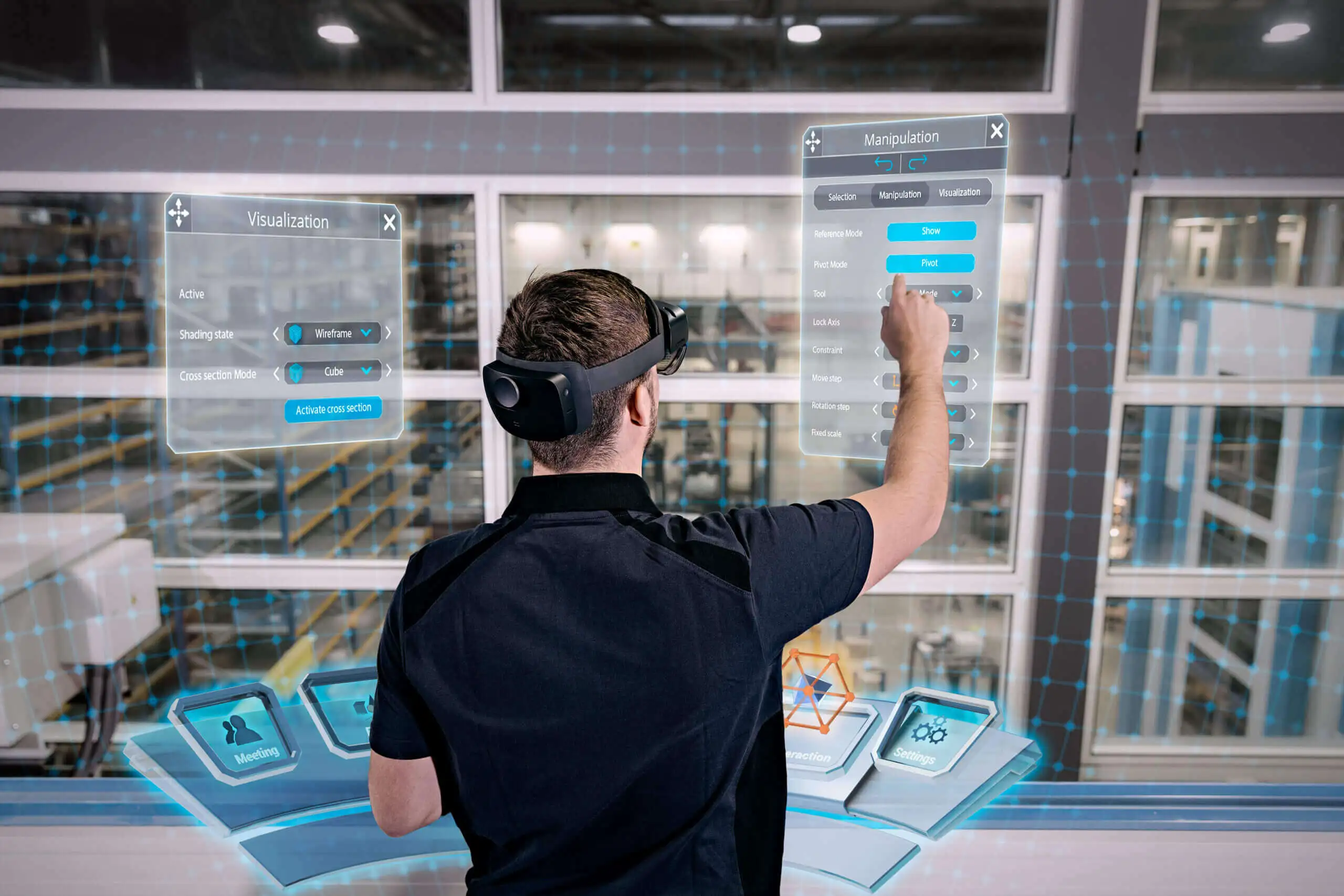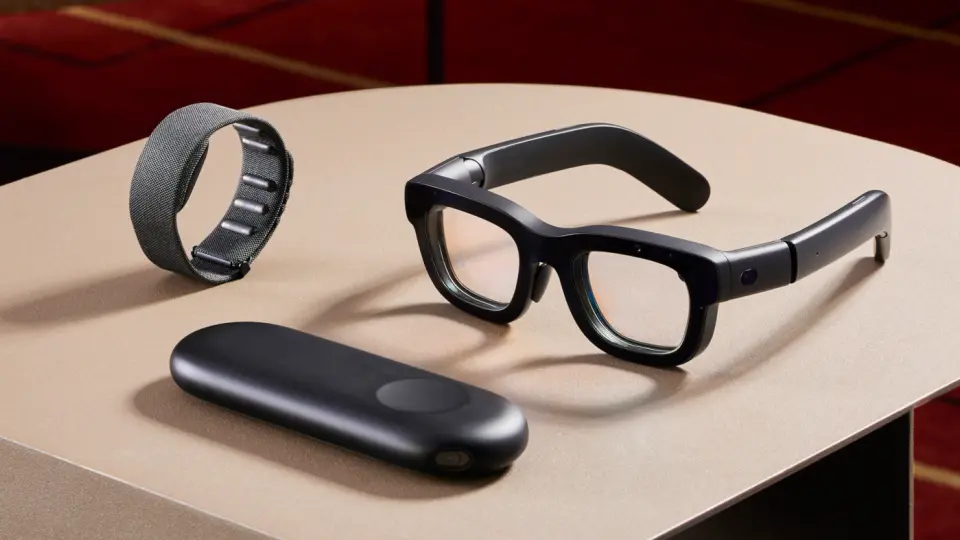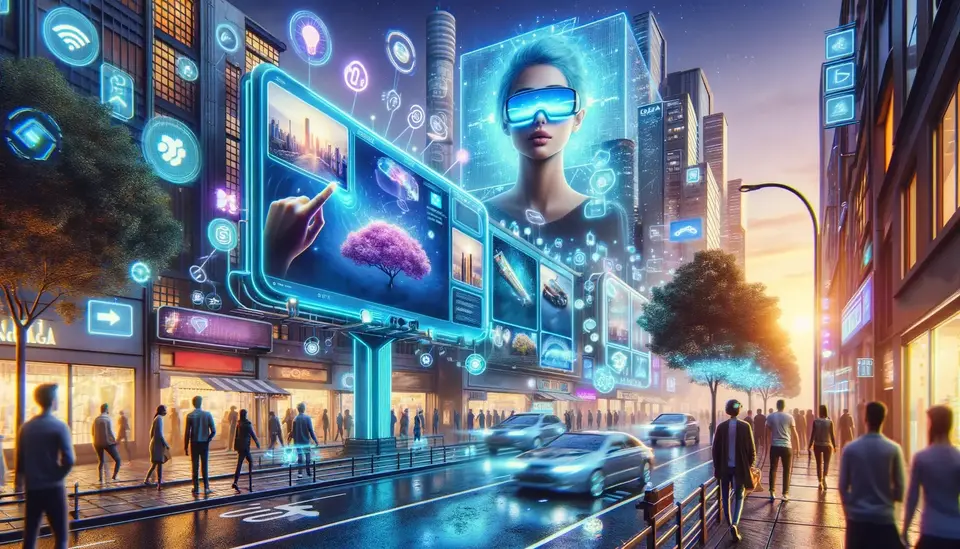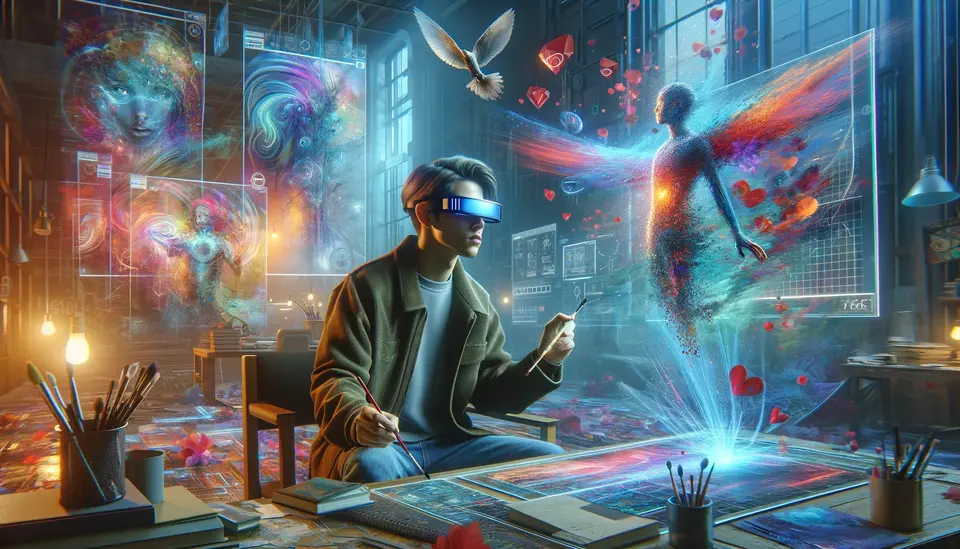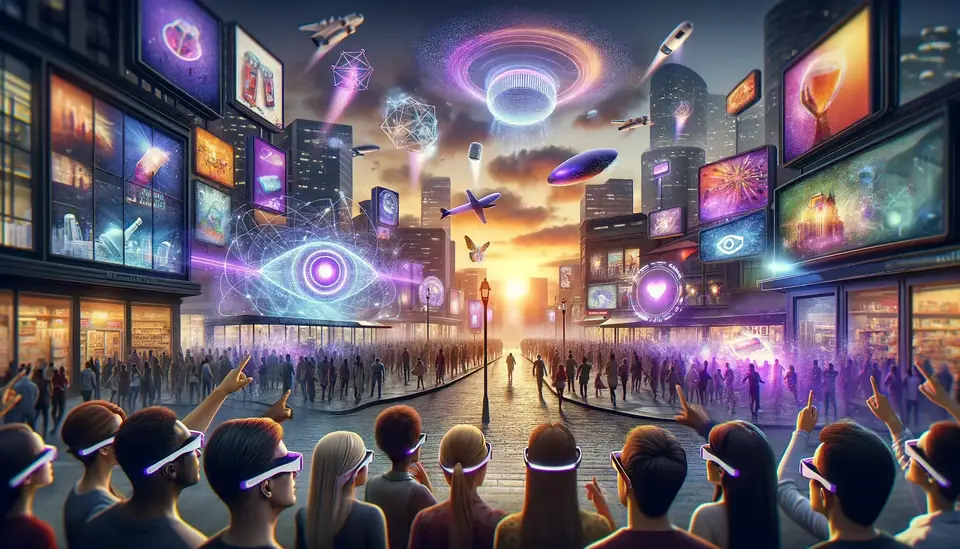What is augmented reality (AR)?
Posted on May 1, 2022 4 minutes 714 words
Table of contents
Augmented reality (AR) has become a concept that is often wondered about lately. The spread of smart glasses and the development of smartphones and tablets allowed the use of augmented reality. That’s why this concept has become so popular. So, what is augmented reality (AR), how does it work, where is it used today and what are the real examples? Let’s look at these in detail.
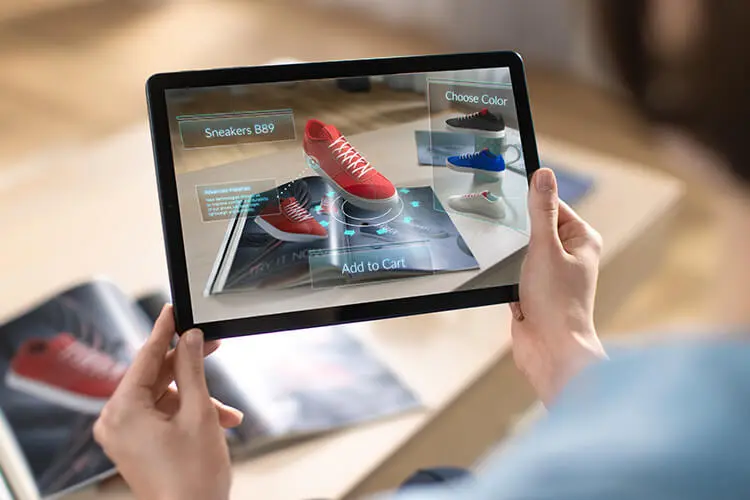
Augmented reality (AR) is a technology that combines everything we can imagine in the digital world with the physical world. Think of any object such as a chair or glass that you normally see on phone or tablet screens. With AR technology, we can bring these objects into the physical world we see with our eyes in 3D. In short, AR technology allows us to combine many things we see on digital devices with the real world. With AR, we can disconnect from screens and transfer our imagination to the real world.
How does augmented reality work?
Augmented reality (AR) processes the information coming from the cameras and depth sensors on smart glasses and smartphones with its software and as a result, it works. It scans and maps the physical space we are in with cameras and sensors. In this way, it determines where objects such as tables, monitors and cabinets are located, their places, and shapes. Of course, it produces this map in seconds, thanks to the software used in the background, in a way that is not visible to the user. After the mapping process is finished, the AR is ready to work. After this stage, you can bring any digital content you want to the area you are in. Are you wondering how any item will look in the room, the item appears in your room with one click, or if you want to play a game, the game appears in front of you as if it were real. All digital content becomes integrated with the real world in a way that is closest to reality.

Examples of augmented reality
Some of the best examples of augmented reality (AR) are Snapchat and Pokemon Go, which we all know and are very popular. Imagine you want to make an effect on your face or wear a mask on Snapchat. First, Snapchat uses the camera on your phone or tablet to target and map your face. After this process, the rest is very simple, you click on the filter you want, and the software applies it to your face. In this way, whether you want a smiling face or wonder how you are young and old, you can see it on your screen for seconds. Pokémon Go is a very popular game that uses AR technology. The game is based on finding Pokémon by using your phone’s GPS by specifying the location in your home, garden, or anywhere. When you go to the location shown to you, the Pokémon appears on your phone or tablet screen as if it were real, and you catch the Pokémon by throwing the poke ball at it. The camera, sensors, and software allow you to see the Pokémon. Pokémon Go is also a very successful example of using AR technology.
The examples of augmented reality (AR) are countless. Many companies today use AR technology for many purposes, such as marketing. For example, the IKEA brand uses an AR technology application called “IKEA Place” to enable its customers to experience all the products in its catalogs before purchasing the product. With this application, IKEA allows people who want to see the products they choose to live in their homes. In this way, it creates a feeling of lively experience for its customers, providing both confidence and the opportunity to view the design they want.
We’ve seen augmented reality (AR) technology magically bring the digital and physical worlds together. AR technology is used extensively today and there are also very successful examples. The developments continue to increase rapidly. With the introduction of AR glasses into our lives, our experiences reach very different points, and many more magical innovations await us.
You can also read our articles about what is smart glasses, virtual reality, and mixed reality.

